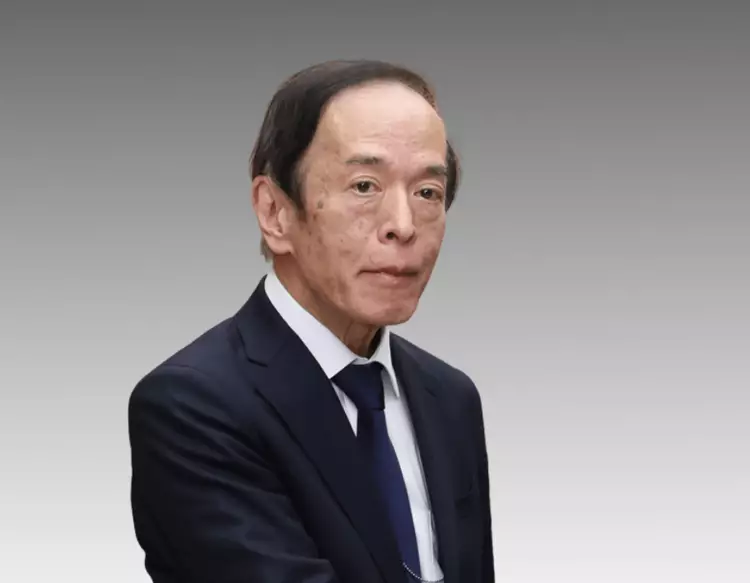As global economies begin to recalibrate following prolonged periods of unusual inflation trends, Japan finds itself in a peculiar position. The Bank of Japan (BoJ), under the helm of Governor Kazuo Ueda, is attempting to navigate through a landscape marked by stagnant price levels and labor shortages. Unlike most major economies that are considering interest rate cuts to combat declining inflation, Japan’s monetary authorities are instead focused on cultivating a more robust inflationary environment. Strikingly, Japan has yet to experience the rate-raising inflationary fires that have sparked elsewhere, illustrating a persistent struggle to generate consistent price growth.
The BoJ has upheld a resolutely accommodative monetary policy, striving to elevate inflation expectations amid apprehensions about persistent stagnation. Governor Ueda’s comments underscore the central bank’s challenges; while improvements in wage growth related to labor shortages hint at potential economic dynamism, the goal of achieving a sustained inflation rate of around 2% remains elusive. This aim is not merely a regulatory benchmark but rather an essential component for rejuvenating broader economic activity and consumer confidence.
Despite gradual improvements in underlying inflation metrics, progress has been painstakingly slow, and the BoJ faces the dual task of fostering price increases while managing market expectations. A significant risk is associated with the prevailing low-interest rate environment: if market participants come to expect these rates will linger indefinitely, it could lead to the formation of speculative investments that may destabilize economic foundations further.
One of the critical aspects of Japan’s current monetary predicament lies in its interconnectedness with global economic trends. Changes in fiscal policies or inflationary approaches by central banks in the United States and Europe can have profound implications for Japan. The BoJ meticulously analyzes the ripple effects of these external movements, as variations in foreign monetary policy could either complement or contradict local efforts to stimulate inflation. This reality adds another layer of complexity to Ueda’s strategic considerations—highlighting the pressures imposed by the global economic milieu on domestic financial stability.
The prospect of future rate hikes does not come without considerable uncertainty. The BoJ’s approach is characterized by deliberate caution; proceeding too rapidly could invite destabilizing volatility. However, the balancing act remains precarious. As inflation expectations evolve, policymakers must tread carefully to avoid an environment where expectations are set too low, potentially hampering the desired economic momentum.
Japan’s journey towards fostering inflation and reinvigorating its economy is marked by distinctive challenges. With its unique historical context and ongoing global interdependencies, the BoJ’s path is fraught with risks that require astute navigation. The focus on sustainable inflation, paired with thorough monitoring of global economic influences, will be crucial as Japan aims to reshape its economic narrative and restore vitality to its financial landscape.

